Diving weight systems Belts
()Sort by
-

Best Divers Marseilleise Belt Inox
27.99 €
-
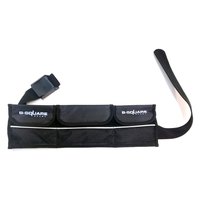
Tecnomar Nylon Belt 3 Pockets
7.99 €
-

Salvimar Elastic Belt Marsellaise Pro
24.99 €
-

SEAC Rubber Belt Nylon Buckle
14.99 €
-

Best Divers Black Rubber Belt
14 €
-

Omer Elastic Belt
23.99 €
-

Salvimar Elastic Weight Belt Eco Stainless Steel Buckle
15.99 €
-

Salvimar Elastic Belt Marsellaise Pro 155
24.99 €
-

Best Divers Weight Belt
11.99 €
-

Best Divers Pocket Weight Belt
29.49 €
-

Best Divers Shark Buckle Belt
11.99 €
-

Beuchat Belt Nylon
10.99 €
-

Beuchat Belt Nylon
17.49 €
-

Beuchat Inox Buckle Neoprene Belt
26.99 €
-

Omer Nylon Elastic Belt
20 €
-

Best Divers Standard Buckle Belt
13.49 €
-

Best Divers Black Rubber Nylon Belt
12.49 €
-
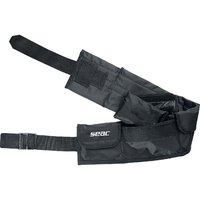
SEAC Pocket Weight Belt
25.99 €
-

Salvimar Weight Belt With Stainless Steel Buckle
10.99 €
-

Salvimar Snake Weight Belt With Nylon Buckle
6.99 €
-

Beuchat Marsellaise Belt
27.99 €
-

Scubapro Belt with Pockets
36.49 €
-

Omer Marsellaise Belt Nylon Buckle
19.99 €
-

Best Divers Pocket s Belt
36.99 €
-

Best Divers Weight Nylon Buckle Belt
10 €
-
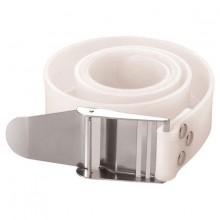
Tecnomar Rubber Belt Inox Buckle
27.99 €
-
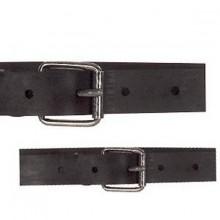
Imersion Marsellaise Belt
25.99 €
-

Pikotech Belt Rubber
15.49 €
-
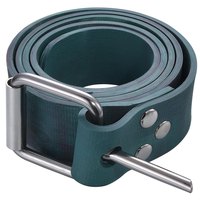
Problue Rubber Weight Belt
30.99 €
-

Cressi Elastic Belt Inox Buckle
23 €
-

Aqualung Standard Belt
39 €
-

Aqualung Soft Pocket Weight Belt
34.99 €
-

Salvimar Snake Weight Belt With Nylon Buckle
9 €
-

Salvimar Weight Belt With Stainless Steel Buckle
10.99 €
-

Salvimar Snake Elastic Weight Belt Eco Nylon Buckle
16.99 €
-

Salvimar Snake Weight Belt With Nylon Buckle
8 €
-

Salvimar Fluyd Marsigliese Pro Belt
24.99 €
-

Mares Pure Passion Belt Elastic
22.99 €
-

Mares Pure Passion Belt Elastic
36.99 €
-

Mares Pure Passion Elastic With Marseillaise Stainless Steel Belt
29.99 €
-

C4 Marseillaise Nylon Belt
28 €
-

C4 Nylon Belt
21 €
-

C4 Marseillase
36.99 €
-

C4 Nylon Belt
21 €
-

C4 Marseillaise
41 €
-

Sigalsub Underwater Rubber with Inox Buckle Belt
15.49 €
-

Sigalsub Underwater Rubber with Nylon Buckle Belt
13.99 €
-

Sigalsub Underwater with Inox Buckle Belt
8.99 €
-

Sigalsub Underwater Elastic Milled With Nylon Buckle
20.99 €
-

Best Divers Whale Belt
13.99 €
-

Best Divers Stainless Steel Shark Buckle Belt
14.99 €
-

Best Divers Stainless Steel Buckle Belt
12.99 €
-

Best Divers Elite Pocket Belt
47.99 €
-

Best Divers Standard Buckle Belt
12.99 €
-

Best Divers Rubber Belt
13.49 €
-

Best Divers Shark Buckle Belt
11.99 €
-

Epsealon Marseillaise Weight Belt
38.99 €
-

Spetton Rubber Belt
17.99 €
-

Spetton Rubber Marselleise Belt
23.99 €
-

Tecnomar Rubber Belt Inox Buckle
27.99 €
-

Tecnomar Rubber Belt Inox Buckle
25.99 €
-

Tecnomar Rubber Belt Inox Buckle
27.99 €
-

OMS Soft Weight Belt
55.99 €
-
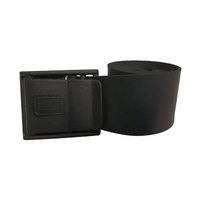
Imersion US Neoprene Nylon
9.99 €
-

Imersion Standard Belt
15.99 €
-
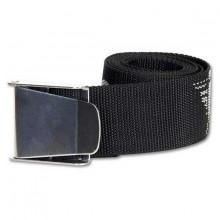
Imersion Nylon Us Type Stainless Buckle Belt
11.99 €
-

Ist Dolphin Tech Inox 1.60m
12.49 €
-

Denty Full Marseille Crotch Strap
17.99 €
-

Denty Marseillaise Spearfishing Belt
40.49 €
-
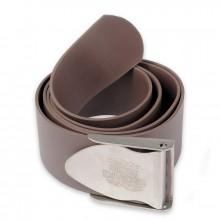
Best Hunter Mimetic Marsigliese Belt
14 €
-

Pikotech Modular Release Belt
48.99 €
-
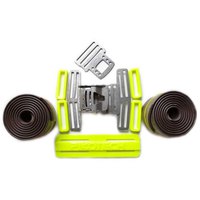
Pikotech Full Double Belt With Rubbers
74.99 €
-

Pikotech Modular Release Belt
48.99 €
-

Pikotech Belt Rubber
15.49 €
-

Pikotech Full Double Belt With Rubbers
74.49 €
-

Pikotech Full Double Belt With Rubbers
74.99 €
-

Problue Rubber Weight Belt
31.99 €
-

Cressi Marsellaise Belt Pro
30.49 €
-

Salvimar Marseillese Belt With Superelastic Band
31.49 €
-

Salvimar Elastic Weight Belt Pro Stainless Steel Buckle
18.99 €
-

Salvimar Weight Belt With Stainless Steel Buckle
9.99 €
-

Salvimar Weight Belt With Stainless Steel Buckle
12.49 €
-

Scubapro Stainless Steel Nylon Belt Buckle
28.99 €
-

Mares Pure Passion Belt Elastic
21.49 €
-

C4 Marseillaise
36.99 €
-

C4 Marseillaise Silicone Nylon Buckle Belt
28 €
-

C4 Marseillaise Nylon Belt
28 €
-

C4 Marseillaise
41 €
-

Sigalsub Underwater Elastic Milled With Nylon Buckle
33.49 €
-

Sigalsub Underwater Rubber Belt With Inox Buckle
17.49 €
-

Best Divers 200 m Roll Nylon Tape
450 €
-

Best Divers Whale Belt
13.99 €
-

Best Divers Stainless Steel Shark Buckle Belt
14.99 €
-

Epsealon Marseillaise Weight Belt
44.49 €
-

Spetton Nylon Inox Buckle Belt
10.99 €
-

Tecnomar Rubber Belt Inox Buckle
27.99 €
Why use a weight belt for diving?
Weight belts for diving support scuba divers to retain neutral buoyancy while diving under the water. The portion of the weight you require to acquire neutral buoyancy relies on many distinct factors. There isn´t a simple procedure to estimate precisely how much weight you require, but you can regard particular aspects when calculating how much weight will be perfect. A prevailing rule of thumb indicates that you will need 9 to 10 percent of your body weight if you are diving in salty water and 7 to 8 percent of your body weight when you are diving in freshwater. Always direct back to your scuba training monitor for exact buoyancy instructions. You can buy weight belts for diving from Cressi, SEAC, Salvimar, Mares, and Aqualung.Importance of weight belts
The weight belts are very essential, specifically as the weighting you require will alter, relying on the conditions you are diving in.
Using the right weight belt for diving relies on aspects that possess body weight, height, and arrangement, the consistency and quality of your suit, the deepness of your dive, the water temperature, and whether you are diving in salty water or fresh water.
If you have used the right weight belt for diving you will stay on the surface, even after a complete exhale, which is crucial if a recovery situation happens.
Choosing a weight belt for diving is an important decision to ensure proper buoyancy control and comfort during a dive. Here are some factors to consider when selecting a weight belt:
Weight capacity: The weight belt should be able to carry the amount of weight needed for the diver to achieve neutral buoyancy. The amount of weight required can vary depending on the divers body composition, the type of exposure suit worn, and other factors.
Material and durability: The weight belt should be made from high quality materials that are durable and can withstand the wear and tear of diving. It should also be resistant to corrosion and damage from saltwater.
Buckle type: There are several different types of buckles available for weight belts, including quick release buckles, standard buckles, and weight pockets. The buckle type can affect the diver´s comfort and ease of use, so it is important to select a buckle type that suits the diver´s needs and preferences.
Fit: The weight belt should fit snugly but comfortably around the waist, without being too tight or too loose. It should not restrict the divers movement or breathing.
Style: There are several different styles of weight belts available, including rubber, nylon, and chain belts. The style of the weight belt can affect the diver´s comfort and buoyancy control, so it is important to select a style that suits the diver´s needs and preferences.
Weight distribution: The weight should be evenly distributed around the diver´s waist to avoid putting too much pressure on any one area.

























